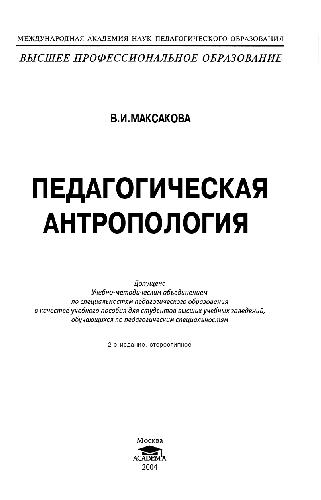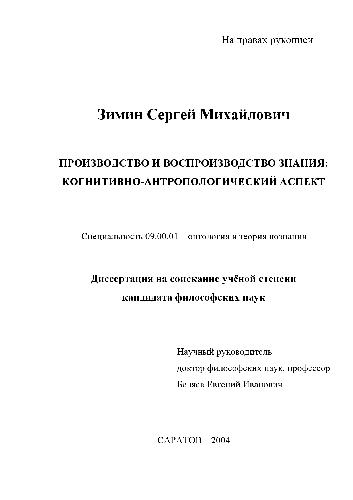Gregory Bateson0876689500, 9780876689509
”This collection amounts to a retrospective exhibition of a working life. . . . Bateson has come to this position during a career that carried him not only into anthropology, for which he was first trained, but into psychiatry, genetics, and communication theory. . . . He . . . examines the nature of the mind, seeing it not as a nebulous something, somehow lodged somewhere in the body of each man, but as a network of interactions relating the individual with his society and his species and with the universe at large.”–D. W. Harding, New York Review of Books
”[Bateson’s] view of the world, of science, of culture, and of man is vast and challenging. His efforts at synthesis are tantalizingly and cryptically suggestive. . . .This is a book we should all read and ponder.”–Roger Keesing, American Anthropologist
Gregory Bateson (1904-1980) was the author of Naven and Mind and Nature.
Table of contents :
CONTENTS……Page 4
1971 PREFACE……Page 6
1.2 1987 PREFACE……Page 8
1.3 FOREWORD……Page 10
Selection and Arrangement of Items……Page 12
1.4.1 The Science of Mind and Order*……Page 13
2 Part I: Metalogues……Page 21
2.1 Metaloque: Why Do Things Get in a Muddle?*……Page 22
2.2 Metalogue: Why Do Frenchmen?*……Page 26
2.3 Metalogue: About Games and Being Serious*……Page 30
2.4 Metalogue: How Much Do You Know?*……Page 35
2.5 Metalogue: Why Do Things Have Outlines?*……Page 39
2.6 Metalogue: Why a Swan?*……Page 43
2.7 Metaloque: What Is an Instinct?*……Page 47
3 Part II: Form and Pattern in Anthropology……Page 63
3.1 Culture Contact and Schismogenesis*……Page 64
3.2 Experiments in Thinking about Observed Ethnological Material*……Page 72
Morale and National Character*……Page 82
3.3.2 Alternatives to Bipolarity……Page 86
3.3.3 Symmetrical Motifs……Page 87
3.3.4 Combinations of Motifs……Page 89
3.3.5 National Character and American Morale……Page 92
3.4.1 “Ethos” and “Schismogenesis”……Page 94
3.4.2 Balinese Character……Page 97
3.4.3 Balinese Ethos……Page 99
3.4.4 Applications of the Von Neumannian Game……Page 102
3.4.5 Schismogenic System versus the Steady State……Page 106
3.5.1 Introduction……Page 108
3.5.2 Style and Meaning……Page 109
Levels and Logical Types……Page 111
3.5.3 Primary Process……Page 115
3.5.4 Quantitative Limits of Consciousness……Page 117
3.5.5 Qualitative Limits of Consciousness……Page 118
3.5.6 The Corrective Nature of Art……Page 119
3.5.7 Analysis of Balinese Painting……Page 120
3.5.8 Composition……Page 122
3.6 Comment on Part II……Page 124
4 Part III: Form and Pathology in Relationship……Page 126
4.1 Social Planning and the Concept of Deutero-Learning*……Page 127
4.2 A Theory of Play and Fantasy*……Page 138
4.3 Epidemiology of a Schizophrenia*……Page 149
4.4.1 The Base in Communications Theory……Page 153
4.4.2 The Double Bind……Page 156
4.4.3 The Effect of the Double Bind……Page 157
4.4.4 A Description of the Family Situation……Page 161
4.4.5 Illustrations from Clinical Data……Page 164
4.4.6 Current Position and Future Prospects……Page 167
4.4.7 Therapeutic Implications of this Hypothesis……Page 169
4.4.8 Additional References……Page 170
4.5 The Group Dynamics of Schizophrenia*……Page 171
4.6 Minimal Requirements for a Theory of Schizophrenia*……Page 181
4.6.1 Learning, Genetics, and Evolution……Page 186
4.6.2 Genetic Problems Posed by Double Bind Theory……Page 190
4.6.3 What Is Man?……Page 194
4.7 Double Bind, 1969*……Page 199
4.8.1 The Theory of Logical Types……Page 205
4.8.2 The “Learning” of Computers, Rats, and Men……Page 207
4.8.3 Learning I……Page 210
4.8.4 Learning II……Page 214
4.8.5 Learning III……Page 220
4.8.7 A Note on Hierarchies……Page 223
4.9 The Cybernetics of “Self”: A Theory of Alcoholism*……Page 225
4.9.1 The Problem……Page 226
4.9.2 Sobriety……Page 227
4.9.3 Epistemology and Ontology……Page 228
4.9.4 The Epistemology of Cybernetics……Page 229
4.9.5 Alcoholic “Pride”……Page 232
4.9.6 Pride and Symmetry……Page 234
4.9.7 Pride or Inverted Proof?……Page 236
4.9.9 Hitting Bottom……Page 238
4.9.10 The Theology of Alcoholics Anonymous……Page 239
4.9.11 The Epistemological Status of Complementary and Symmetrical Premises……Page 242
4.9.12 Limitations of the Hypothesis……Page 243
4.10 Comment on Part III……Page 244
5 Part IV: Biology and Evolution……Page 245
5.1 On Empty-Headedness Among Biologists and State Boards of Education*……Page 246
5.2 The Role of Somatic Change in Evolution*……Page 248
5.2.1 Summary……Page 259
5.3.1 The Communication of Preverbal Mammals*……Page 260
5.3.2 Methodological Considerations……Page 262
5.3.3 Communication About Relationship……Page 264
5.3.4 Analogic versus Digital Communication……Page 265
5.3.5 Research Plans……Page 266
5.3.6 Comments……Page 267
5.4.1 Introduction……Page 270
5.4.2 The Problem Redefined……Page 271
5.4.3 Supernumerary Double Legs in Coleoptera……Page 273
5.4.4 Reduplicated Limbs in Amphibia……Page 280
5.4.5 Summary……Page 282
5.4.6 Postscript, 1971……Page 283
5.5 Comment on Part IV……Page 284
6 Part V: Epistemology and Ecology……Page 286
6.1 Cybernetic Explanation*……Page 287
6.2 Redundancy and Coding*……Page 295
6.3 Effects of Conscious Purpose on Human Adaptation*……Page 313
6.4 Form, Substance, and Difference*……Page 318
6.5 Comment on Part V……Page 329
7 Part VI: Crisis in the Ecology of Mind……Page 330
7.1 From Versailles to Cybernetics*……Page 331
7.2 Pathologies of Epistemology*……Page 337
7.3 The Roots of Ecological Crisis*……Page 343
7.4.1 “A High Civilization”……Page 347
7.4.2 Flexibility……Page 348
7.4.3 The Distribution of Flexibility……Page 349
7.4.4 The Flexibility of Ideas……Page 350
7.4.5 Exercise of Flexibility……Page 352
7.4.6 The Transmission of Theory……Page 353
7.5.1 I. Books, Reviews and Articles……Page 355
7.5.2 II. Films……Page 361




Reviews
There are no reviews yet.